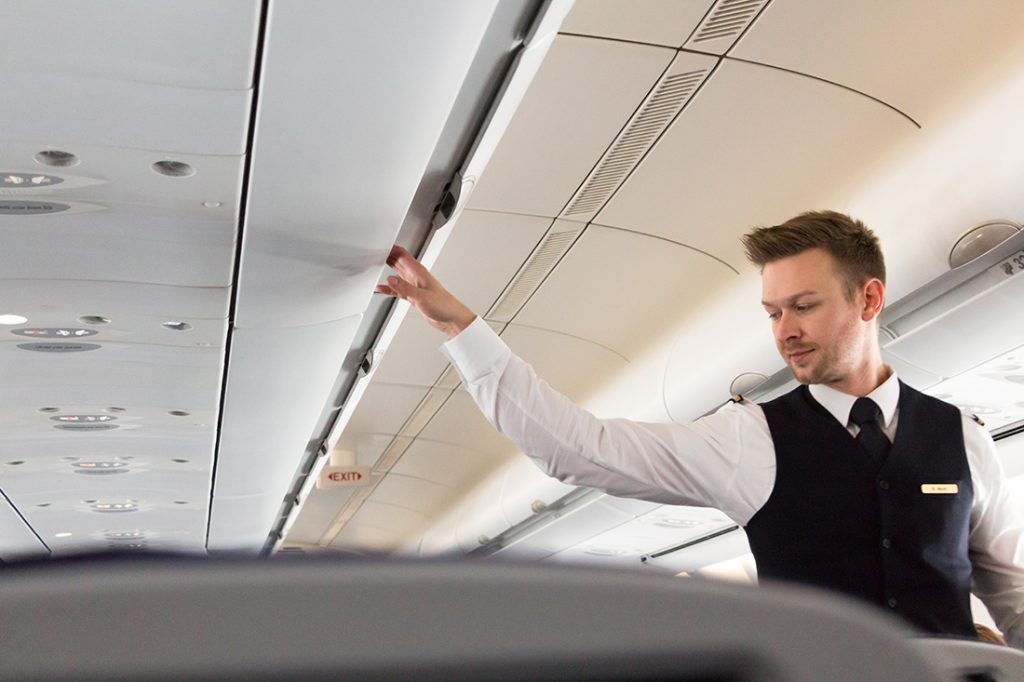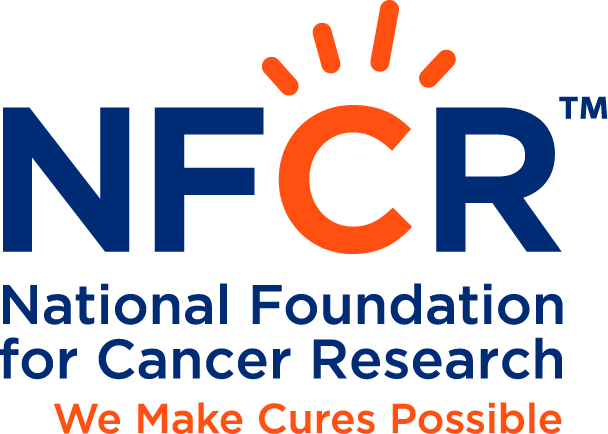American Flight Attendants at Higher Cancer Risk

New research from Harvard University’s T.H. Chan School of Public Health found that American flight attendants have a higher prevalence of several forms of cancer, including breast cancer, uterine cancer, gastrointestinal cancer, thyroid cancer, cervical cancer and non-melanoma skin cancer, when compared with the general public. The study is one of the largest of its kind on cabin crew members to date.
“Our findings of higher rates of several cancers among flight attendants is striking given the low rates of overweight and smoking in our study population, which highlights the question of what can be done to minimize the adverse exposures and cancers common among cabin crew,” said Irina Mordukhovich, Ph.D., a research fellow at the Chan School and the corresponding author of the paper.
Over the course of their careers, flight attendants are regularly exposed to several known and suspected carcinogens, such as disrupted sleep cycles and possible chemical contaminants in the airplane. However, the main culprit appears to come from not only outside the plane, but outside the solar system: Due to the elevations planes fly, cabin crews are exposed to the largest effective annual ionizing radiation dose relative to all other U.S. radiation workers because of both their exposure to and lack of protection from cosmic radiation, also known as cosmic rays.
Originating from interstellar and even intergalactic sources, cosmic rays, despite the name, are particles. They originate from exploding stars and black holes in the centers of galaxies, and are so energetic they are comparable to gamma rays, the most energetic frequency of the electromagnetic spectrum, and which are produced not only from stellar phenomena, but also nuclear reactors. At lower elevations, Earth’s atmosphere screens out a large portion of incoming cosmic radiation, but at cruising altitudes in the vicinity of 35,000 feet there is less (atmosphere) to do the job. Despite these known risks, flight attendants have historically been excluded from Occupational Safety and Health Administration protections typically granted to U.S. workers. Limited protections were instituted in 2014, but they don’t include monitoring or regulating radiation exposure.
Researchers found that out of the 5,366 flight attendants studied, a higher prevalence was seen for every cancer outcome examined in this study, compared to the general population. This included cancers of the breast (3.4 percent of flight crew compared to 2.3 percent in the general population), uterine (0.15 percent compared to 0.13 percent), cervical (1.0% compared to 0.70 percent), gastrointestinal (0.47 percent compared to 0.27 percent) and thyroid (0.67 percent compared to 0.56 percent). Job tenure was linked to non-melanoma skin cancer among females, with borderline associations for melanoma and non-melanoma skin cancer among males. The study began in 2014.
“The E.U. already evaluates radiation exposure among flight attendants, which our findings show may be an important step toward lowering cancer risk among this work population,” said Eileen McNeely, Ph.D., director at Harvard’s Sustainability and Health Initiative for NetPositive Enterprise and co-author of the study.
The study appears online in Environmental Health.
Additional Reads You May Enjoy:
7 Safety Tips for Flying During COVID-19 Summer
9 Things to Consider Before Traveling This Summer
5 Simple Tips for Safe Holiday Travel
Stay connected with us! Receive our monthly e-newsletter and blogs featuring stories of inspiration, support resources, cancer prevention tips, and more. Sign up here.











